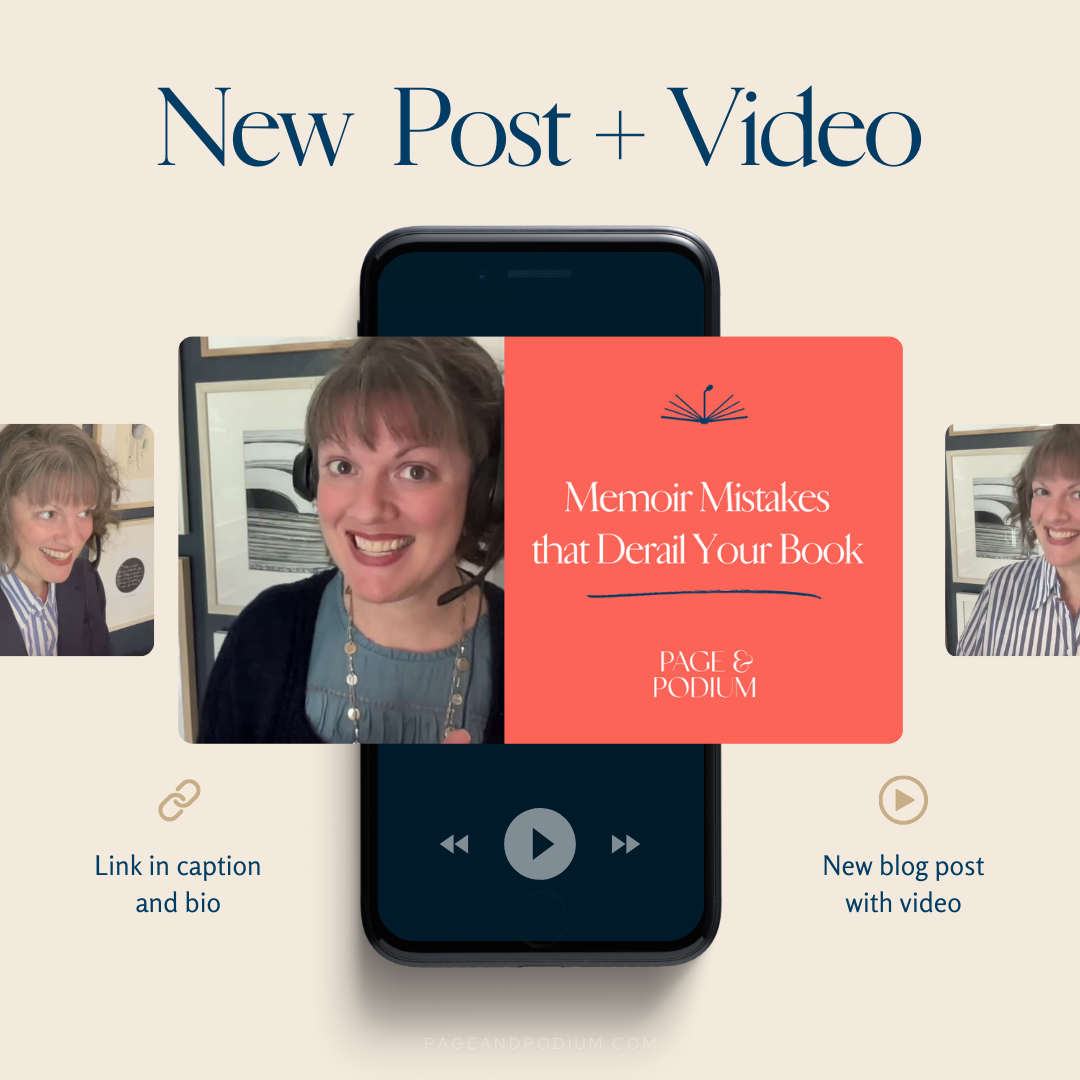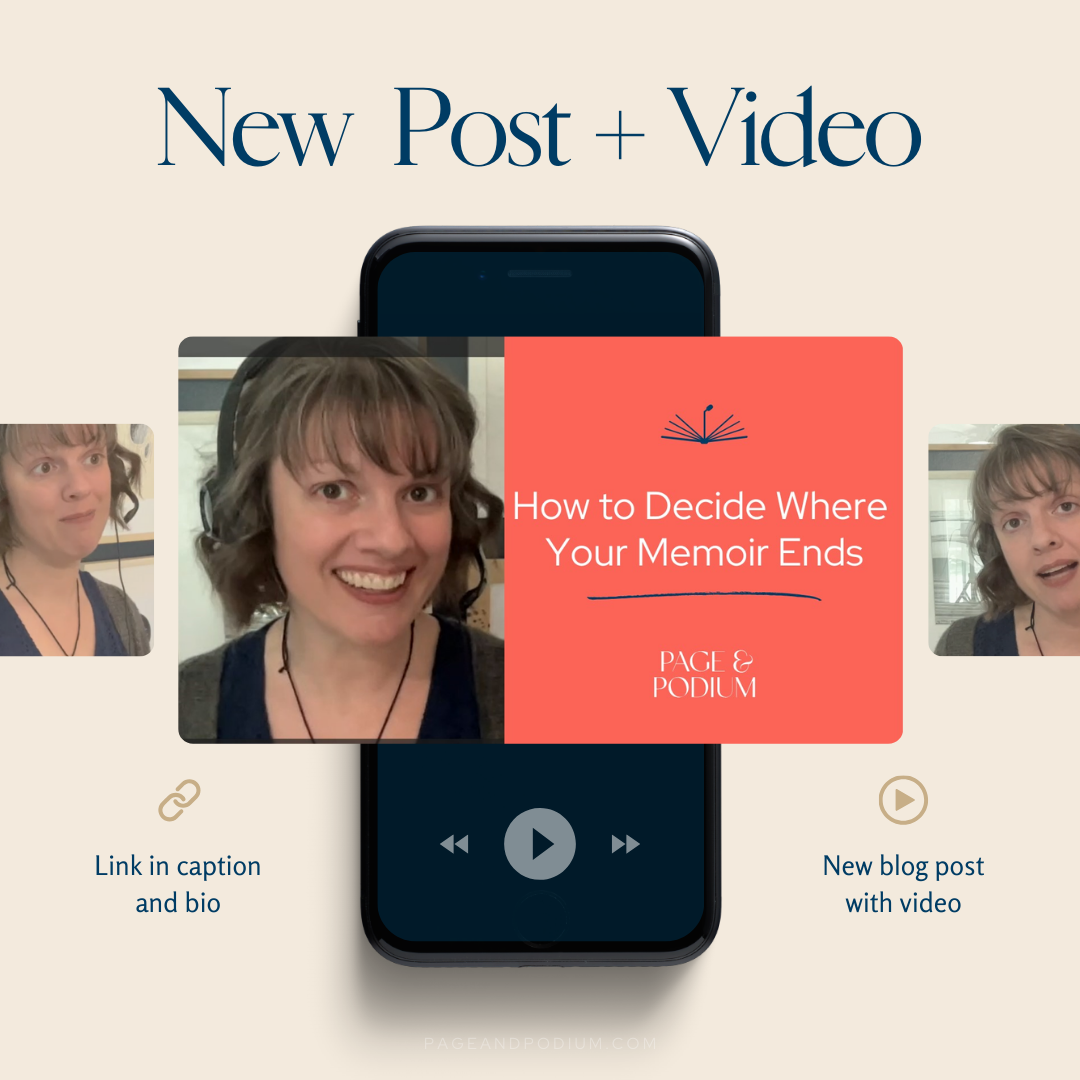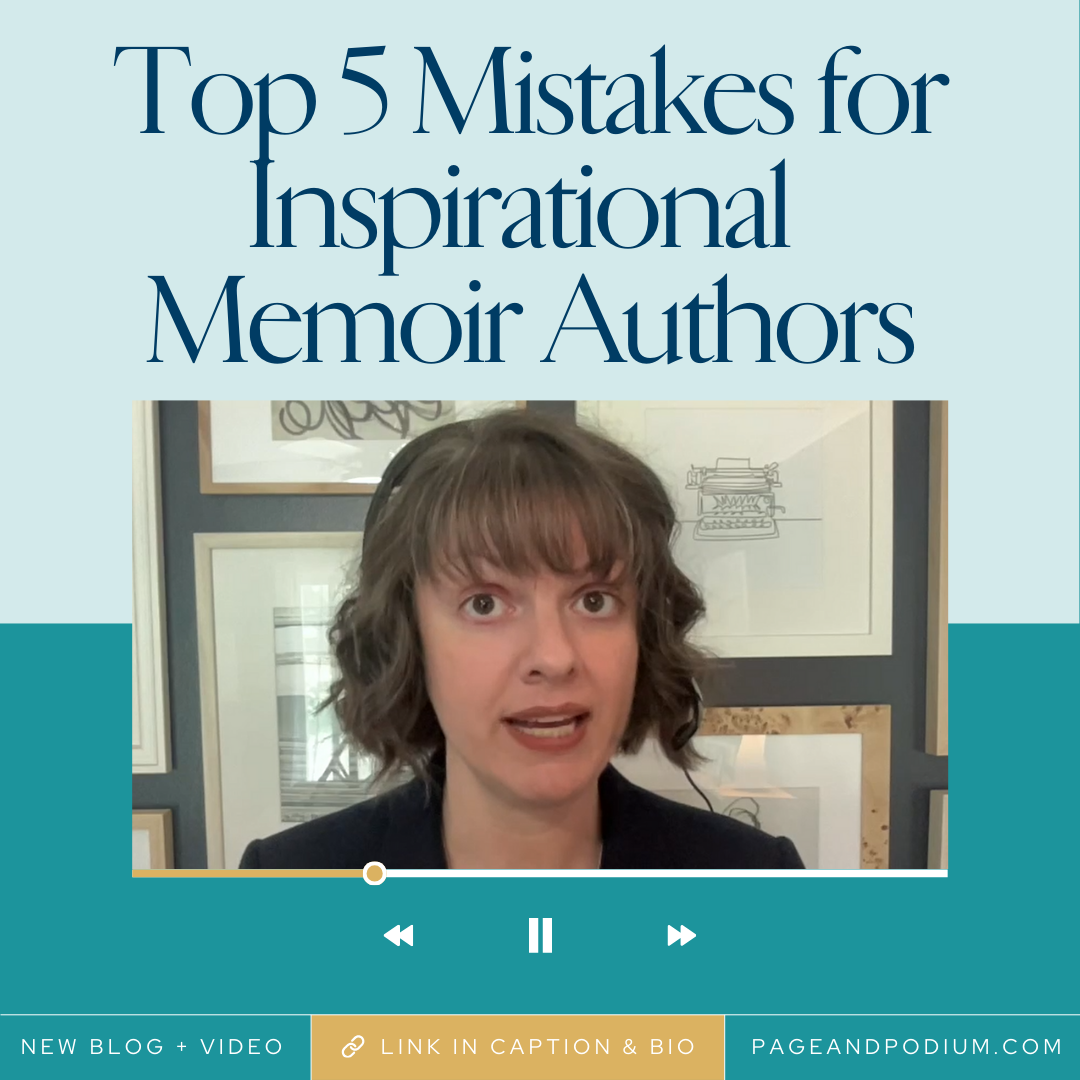Have you ever sat down with the noble intention of writing your memoir, only to find yourself staring at a blank page, paralyzed by the blinking cursor? If this scenario sounds all too familiar, you’re not alone. Many aspiring memoirists encounter this daunting challenge, feeling overwhelmed by the vast expanse of their life’s experiences and unsure of where to begin. But fear not, for I’m here to assure you that this frustration is not your fault. It simply indicates a need for proper planning and guidance.
Today, I’m excited to share with you three simple steps that will empower you to kickstart your memoir-writing journey with confidence and clarity. Let’s dive in!
In my three decades of experience in the publishing world, I’ve witnessed countless individuals grappling with the same issue: a reluctance to seek the assistance they need. If you’re committed to crafting a memoir that resonates with authenticity and impact, you’ll require more than just raw material—you’ll need guidance, accountability, and a supportive community to make the process not just bearable, but enjoyable. You’re in luck because the Memoir Method offers precisely that. Head over to pageandpodium.com/memoir-method to discover more about our upcoming cohort and how you can join us on this transformative journey.
Dangers of Writing Your Memoir Without a Plan – “Pantsing”
What often derails aspiring memoir writers is the misconception that they can “pants” their way through the writing process. If you’re unfamiliar with the term, “pantsing” refers to the act of writing without a plan, essentially flying by the seat of your pants. While this approach may work for some fiction writers, it’s ill-suited for memoirs.
Attempting to pants your memoir is akin to simply journaling, without the structure or purpose required to craft a compelling narrative. While there’s nothing wrong with journaling per se, it’s important to recognize that it’s not the same as writing a memoir.
Without a clear plan in place, writers often find themselves adrift, lacking direction and confidence in their work. They struggle to see the bigger picture, unsure of where their story is headed or whether it will resonate with readers. Ultimately, this lack of structure can lead to frustration and stalling in the writing process.
A Step-by-Step Guide to Getting Started on Your Memoir
Step 1: Brain Dump
The first step in embarking on your memoir-writing adventure is to engage in what I like to call the “brain dump.” This involves pouring out onto paper or screen every memory, story, and idea that comes to mind. Imagine your brain as a cluttered attic filled with treasures and trinkets from your past. Your task is to rummage through this mental attic and extract every nugget of wisdom and experience that you wish to share with the world.
As you pour out your thoughts, you’ll experience a sense of liberation. Suddenly, the fog lifts, and you gain clarity as you see your life’s experiences laid out before you. But beware of expecting instant results. The brain dump may take longer than anticipated, but don’t rush the process.
Now, you might be wondering, “But how do I even begin?” Well, the beauty of the brain dump is that there are no rules or limitations. You can use any writing medium that feels comfortable to you, whether it’s a Google Doc, a spreadsheet, a journal, or even a plain old notebook. The key is to set aside dedicated time for this activity and let your thoughts flow freely without judgment or self-censorship.
I recommend starting with short bursts of five to ten minutes, using a timer to keep yourself focused and on track. During this time, resist the urge to edit or refine your thoughts; instead, focus on capturing them in their rawest form. After each session, take a break and return to your brain dump with fresh eyes, repeating the process until you feel that you’ve unearthed all the treasures hidden within your mind.
One helpful indicator of completion is the concept of “saturation,” borrowed from the social sciences. Much like conducting interviews until you start hearing the same responses repeatedly, your brain dump is complete when you find yourself revisiting the same memories and ideas. At this point, you’ll have a comprehensive repository of material to draw from as you move forward with your memoir.

Step 2: Define Your Core Topic and Core Message
With your brain dump completed, it’s time to distill its contents into two essential elements: your core topic and your core message. Think of your core topic as the central theme or time period around which your memoir revolves. It’s the thread that ties together the thread of your life experiences into a cohesive narrative.
Choosing your core topic may seem daunting at first, but it’s simpler than you think. Reflect on your brain dump and identify the recurring themes or periods of your life that stand out most prominently. Are you writing about overcoming a personal struggle, embarking on a transformative journey, or navigating a significant life transition? Once you’ve pinpointed your core topic, articulate it in a single sentence that encapsulates the essence of your memoir.
But don’t stop there. To give your memoir purpose and resonance, you’ll need to extract a core message. This is the underlying wisdom or insight that you wish to impart to your readers through your memoir. It’s the “so what” behind your story—the deeper meaning or universal truth that transcends the specific details of your life. Your core message should resonate with readers on a profound level, inspiring them, challenging them, or offering them solace and understanding.
To develop your core message, consider the lessons you’ve learned and the insights you’ve gained from your experiences. What truths have emerged from your journey that you believe others can benefit from? Once you’ve identified your core message, pair it with your core topic to create a powerful foundation for your memoir—one that will guide and shape your narrative as you move forward.
Step 3: Develop Outline Using Quadrants
With your core topic and message established, it’s time to craft an outline that will serve as the roadmap for your memoir. This outline will help you organize your thoughts, structure your narrative, and ensure that your story unfolds in a compelling and coherent manner.
Begin by revisiting your brain dump and reviewing the material you’ve collected. Look for common themes, significant events, and pivotal moments that align with your core topic and message. Arrange these elements into a chronological sequence, mapping out the key milestones and turning points in your journey.
Next, divide your outline into quarters using the quadrant method. Start by identifying the midpoint of your memoir—the moment when your story reaches its climax or turning point. This midpoint serves as the fulcrum around which your narrative pivots, marking the transition from the first half of your memoir to the second.
From there, pinpoint the 25% and 75% marks of your memoir, corresponding to the “desperate step” and “epiphany” moments respectively. These are the points in your story where you face significant challenges or make profound realizations that propel your journey forward.
Finally, flesh out each quadrant of your outline with scene ideas, character sketches, and thematic motifs that will enrich your narrative. Pay close attention to pacing, tension, and emotional resonance, ensuring that each section of your memoir captivates and engages your readers.

Final Thoughts
Writing a memoir can be both daunting and exhilarating. By following the three simple steps outlined above—engaging in a brain dump, defining your core topic and message, and developing your outline—you can overcome the initial obstacles and set yourself on a path to success.
Remember, your memoir is a reflection of your unique voice and experiences, and there’s no right or wrong way to tell your story. Trust in your instincts, embrace the process, and allow yourself the freedom to explore and experiment along the way. And if you ever find yourself struggling or in need of guidance, know that you’re not alone. Resources like the Memoir Method program offer support, accountability, and community for aspiring memoirists, helping them navigate the challenges and triumphs of the writing process.
“Exciting news! Enrollment is now open for the upcoming cohort of the Memoir Method, our comprehensive nine-month program crafted to empower women in kickstarting, completing, and publishing their memoirs. If you’ve been postponing this endeavor, seize the opportunity now to join us and make significant progress. Trust me, the journey will be immensely fulfilling. Upon completion, you’ll stand tall with a finished memoir, brimming with pride. Plus, you’ll have a supportive community of fellow writers to lean on for encouragement and accountability. Don’t miss out—visit pageandpodium.com/memoir-method to explore further details.”
So, what are you waiting for? Take the first step today and embark on your memoir-writing journey with confidence and clarity. Your story deserves to be told, and the world is waiting to hear it. Happy writing!



